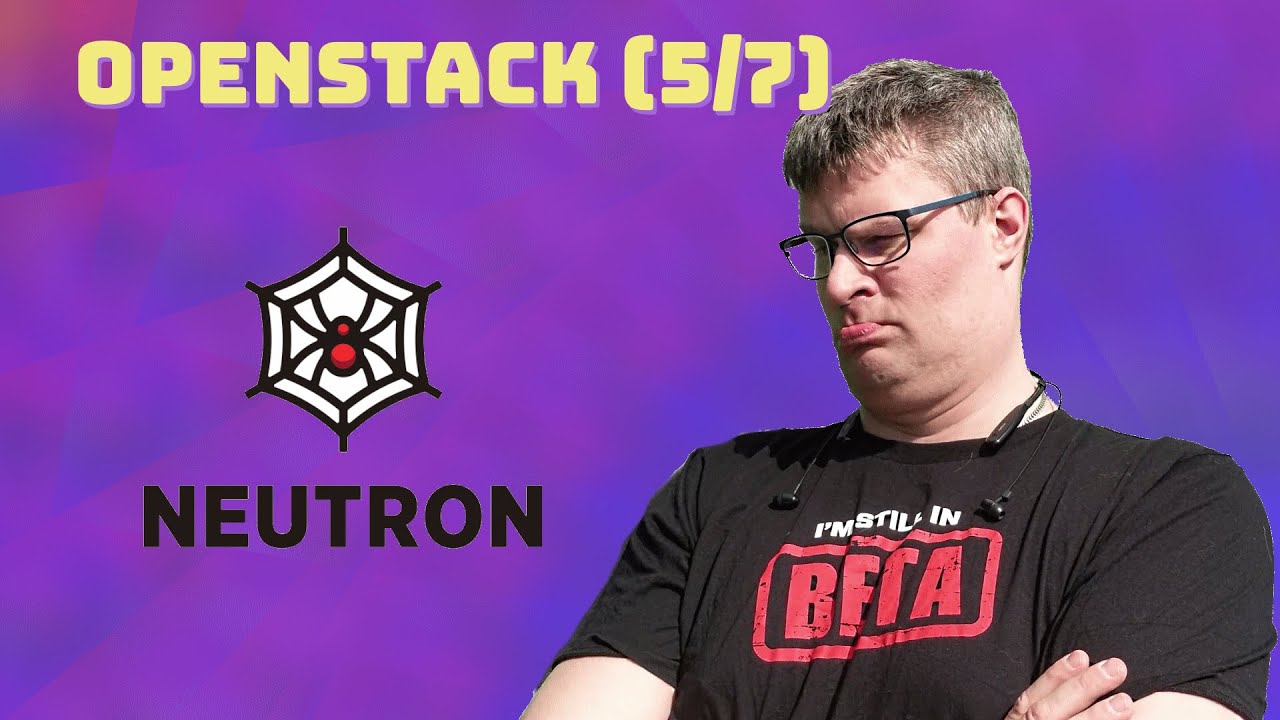
Openstack Manual install Part 5 – Neutron
In this video, we look at installing Neutron to handle networks in the Openstack cluster.

Setting up iSCSI in Ceph
We look into how iSCSI works inside of Ceph. How to set it up and configure windows to connect to a drive.
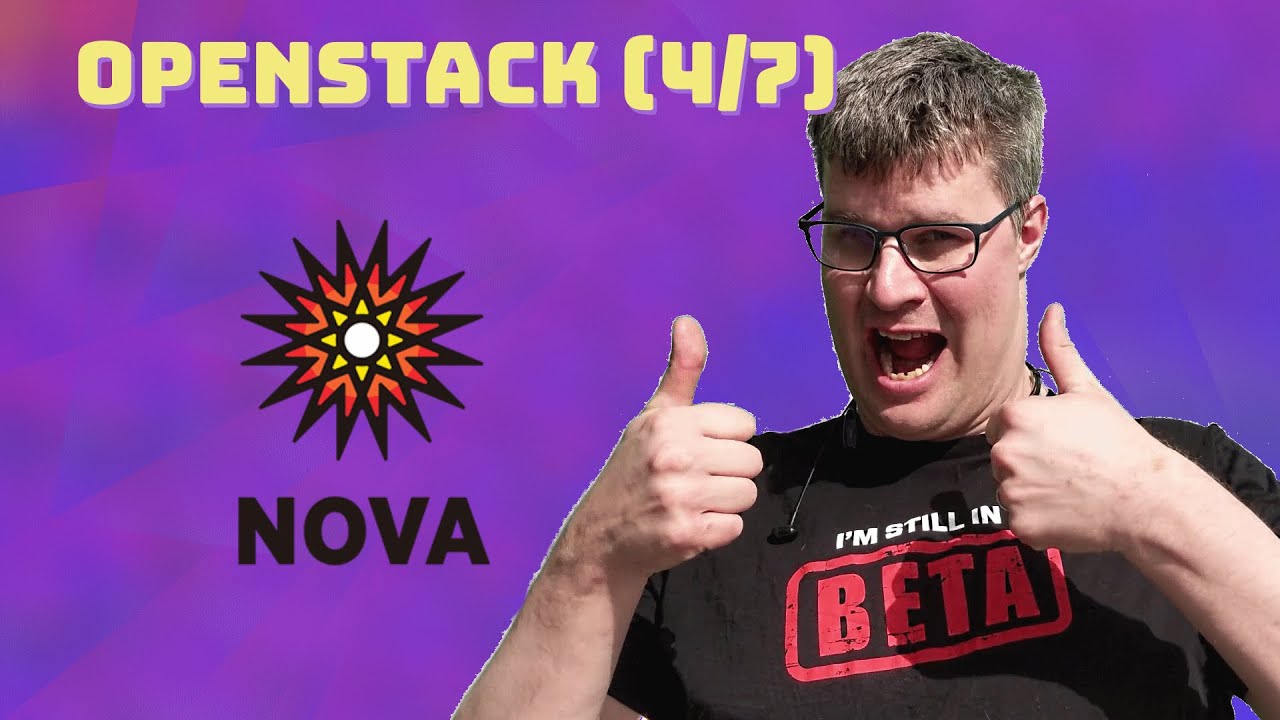
Openstack Manual install Part 4 – Placement and Nova
In this video, we look into installing Placement and Nova services. The Placement service is used to gather statistics about your cluster and figure out where to put instances. Nova is the controller and compute nodes that will do the actual work.

My adventure with Power Over Ethernet (POE) using my Raspberry PI 3B+
I am looking into POE (Power Over Ethernet). What is required to run servers without having a power cord? I’ve been really curious, so it was fun to learn about it.
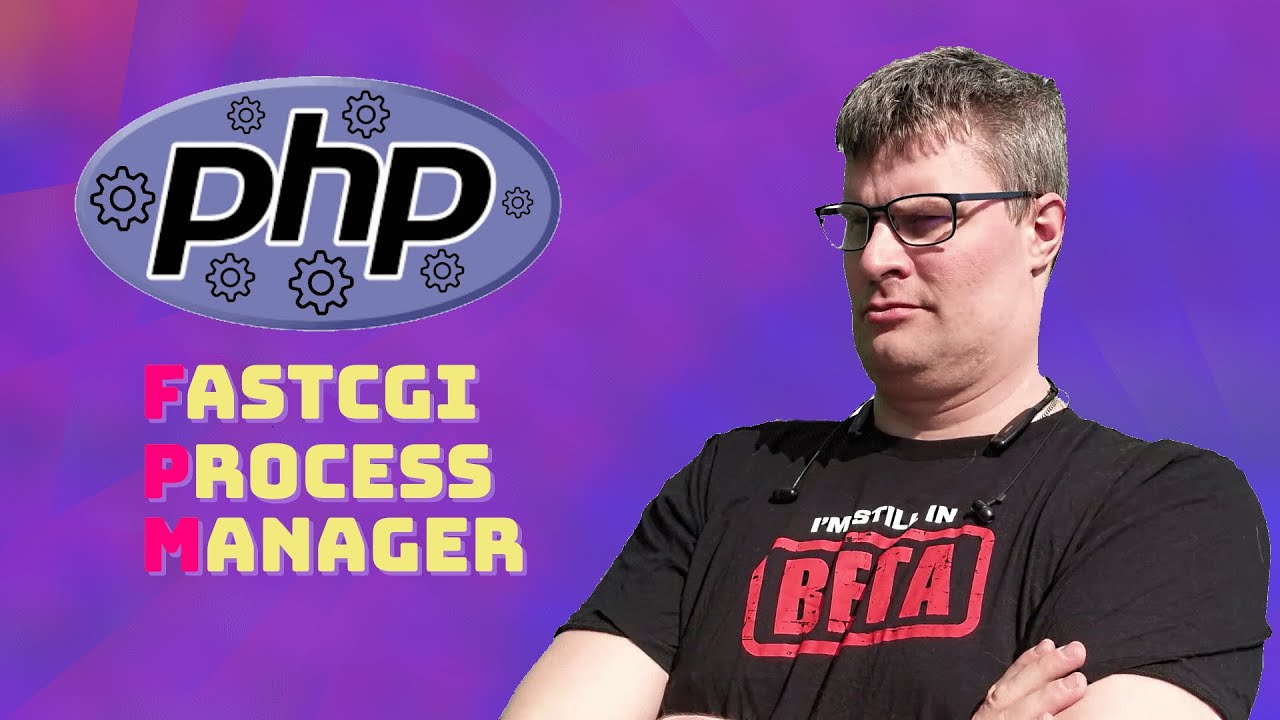
All you need to know about FastCGI Process Manager (FPM)
We look into how to set up FastCGI Process Manager (FPM). What configuration options and considerations are important.
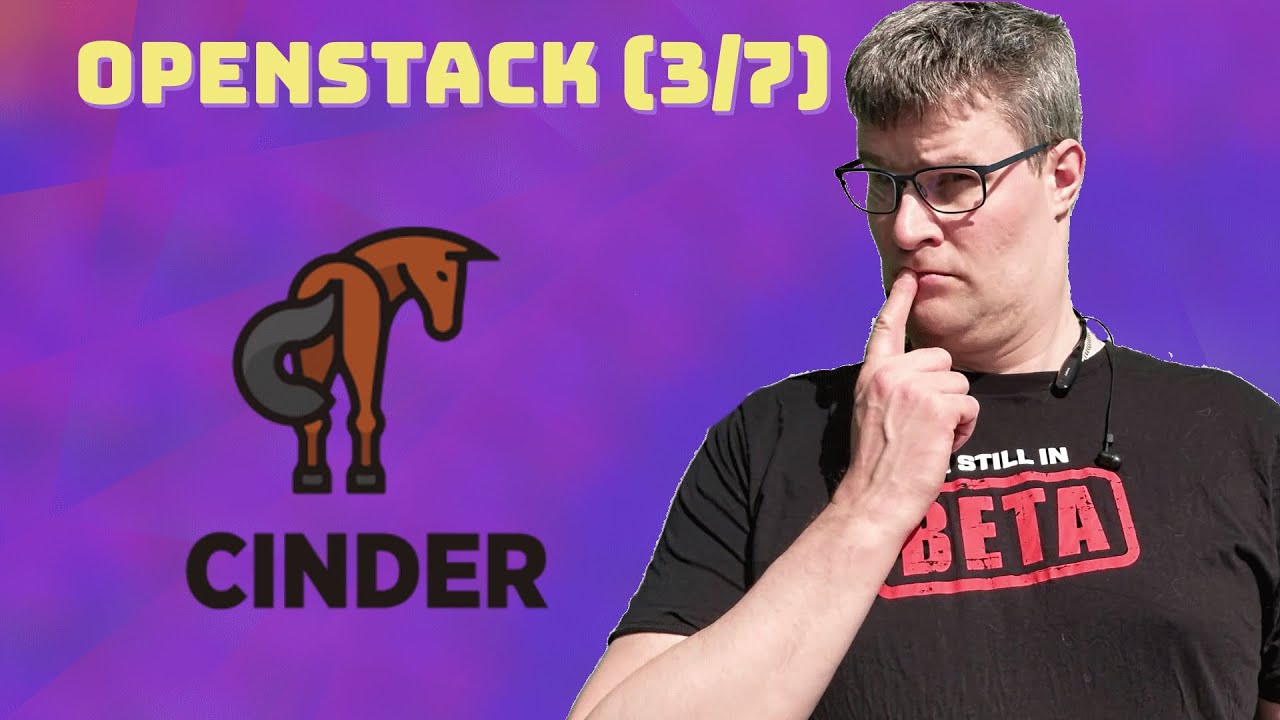
Openstack Manual install Part 3 – Horizon dashboard and Cinder
In this video, we look into installing the Horizon dashboard and the Cinder volume storage. The volume storage will utilize Ceph as a backend, so we take a couple of extra steps for that to work.
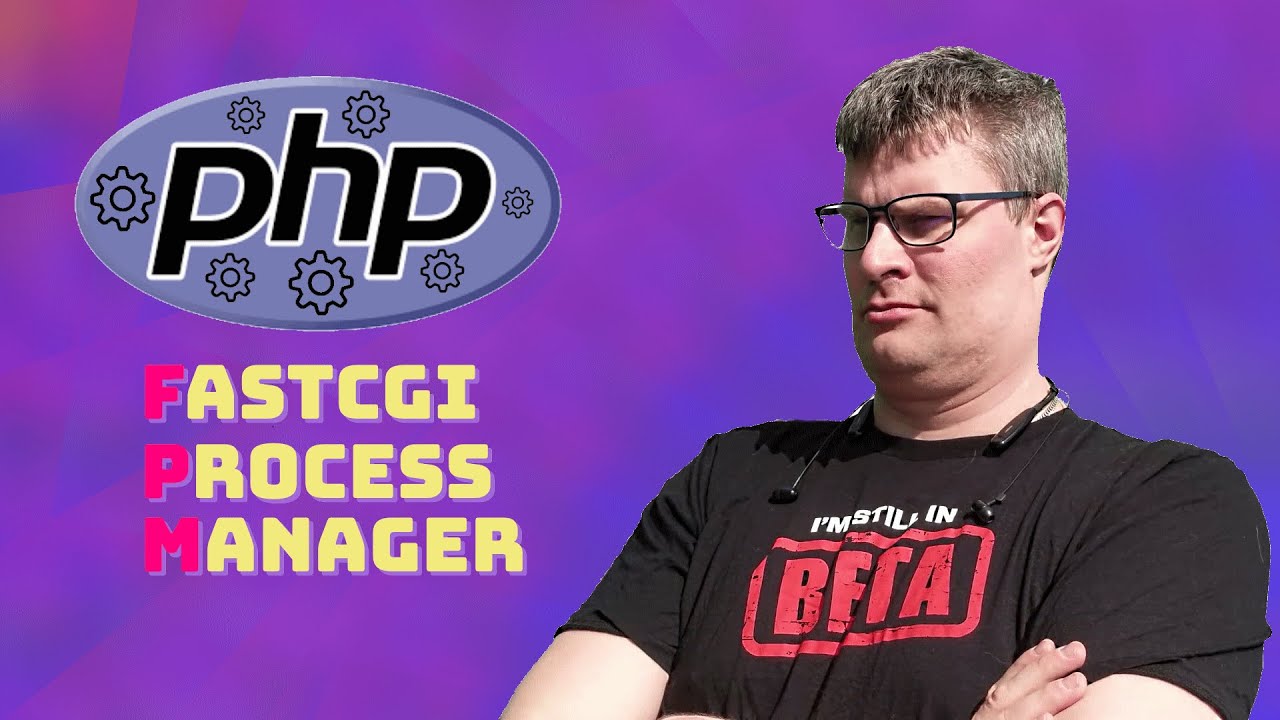
Everything you need to know about FastCGI Process Manager (FPM)
We look into how to set up FastCGI Process Manager (FPM). What configuration options and considerations are important.

Openstack Manual install Part 2 – Glance
In this video, we will install Glance an OpenStack component required for storing your images. Glance can utilize Ceph as a backend, and we want this setup, so there are some extra steps required.

Automatic install of Redhat 9 using Kickstart
We are looking into installing Redhat 9 without any interaction using Kickstart. Kickstart is a tooling that gives you configuration options to prepare your system and manage the installation flow.
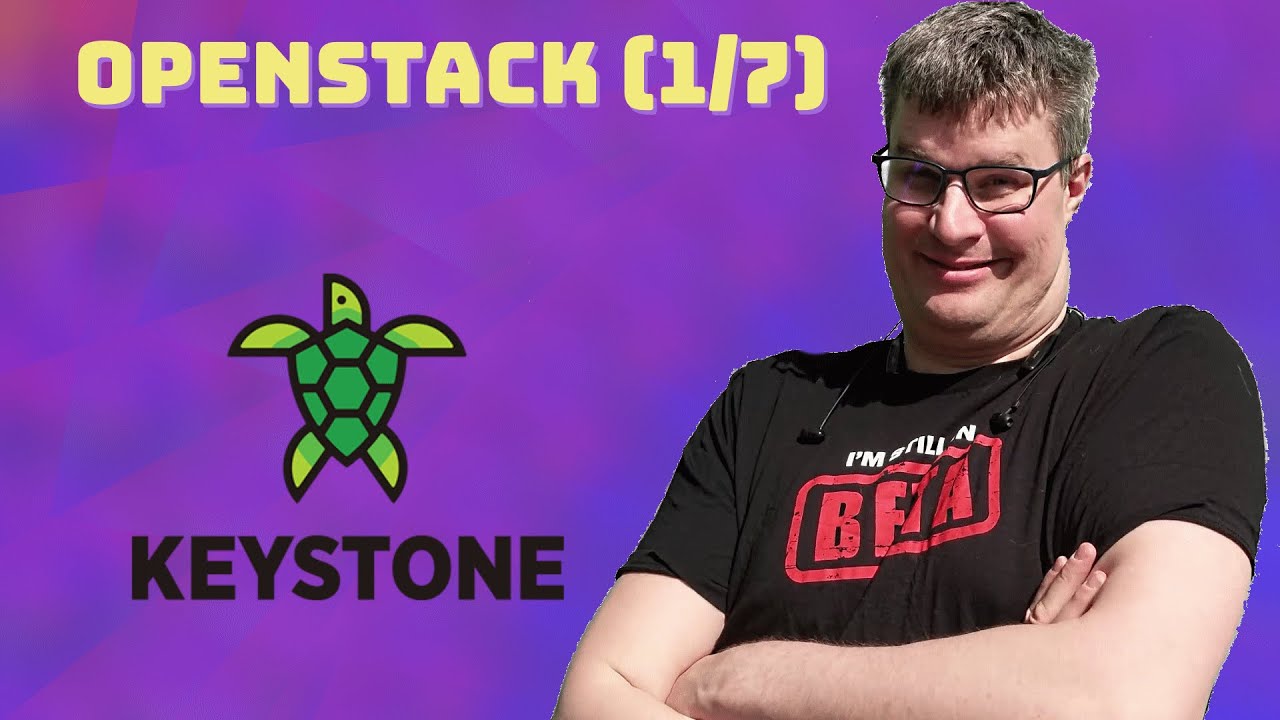
Openstack Manual install Part 1 – Prerequisits and Keystone
In this video, we go through how to install all the required prerequisite packages and Keystone.
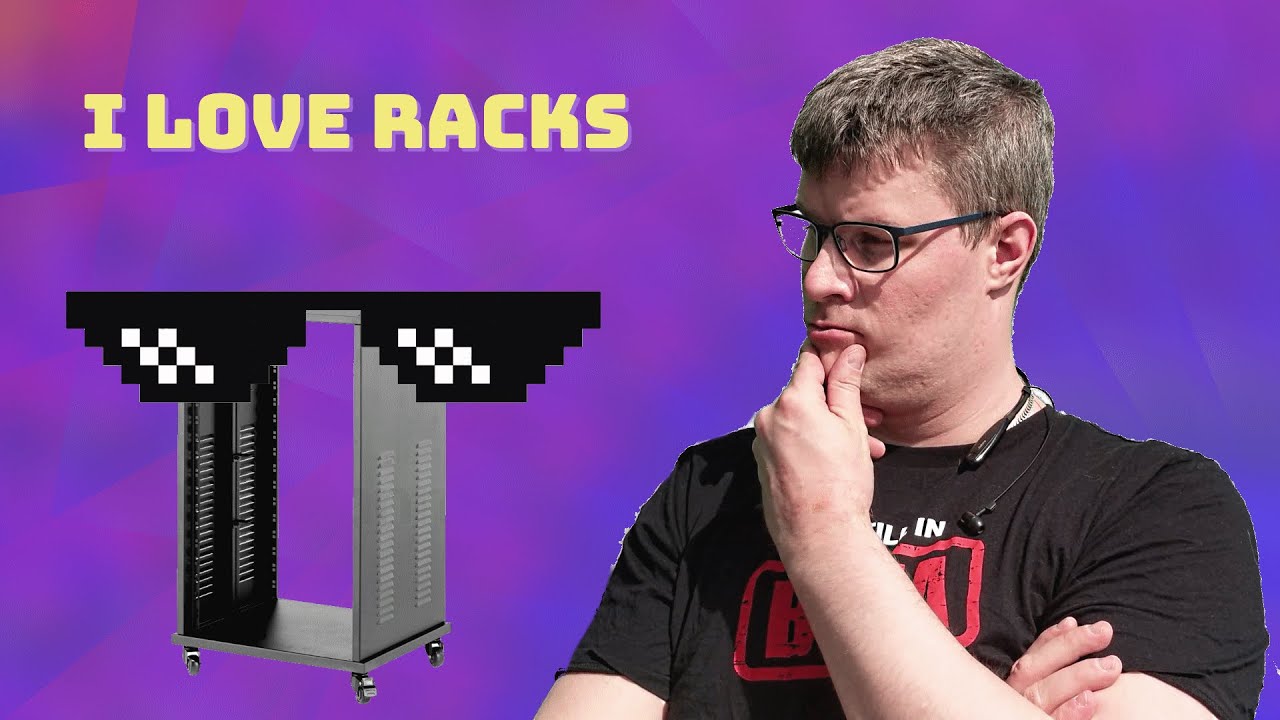
Building my new home lab rack
We build a rack and I walk about what goes into the building process and showing the process. We also talk about networking like keystone jacks and cable management.

What is in the box? (CISCO WS-C2960-48TT-L)
I got a new fancy box with a network switch. This is just a unpacking and first impression kind of video of a bargen buy for my new rack.
